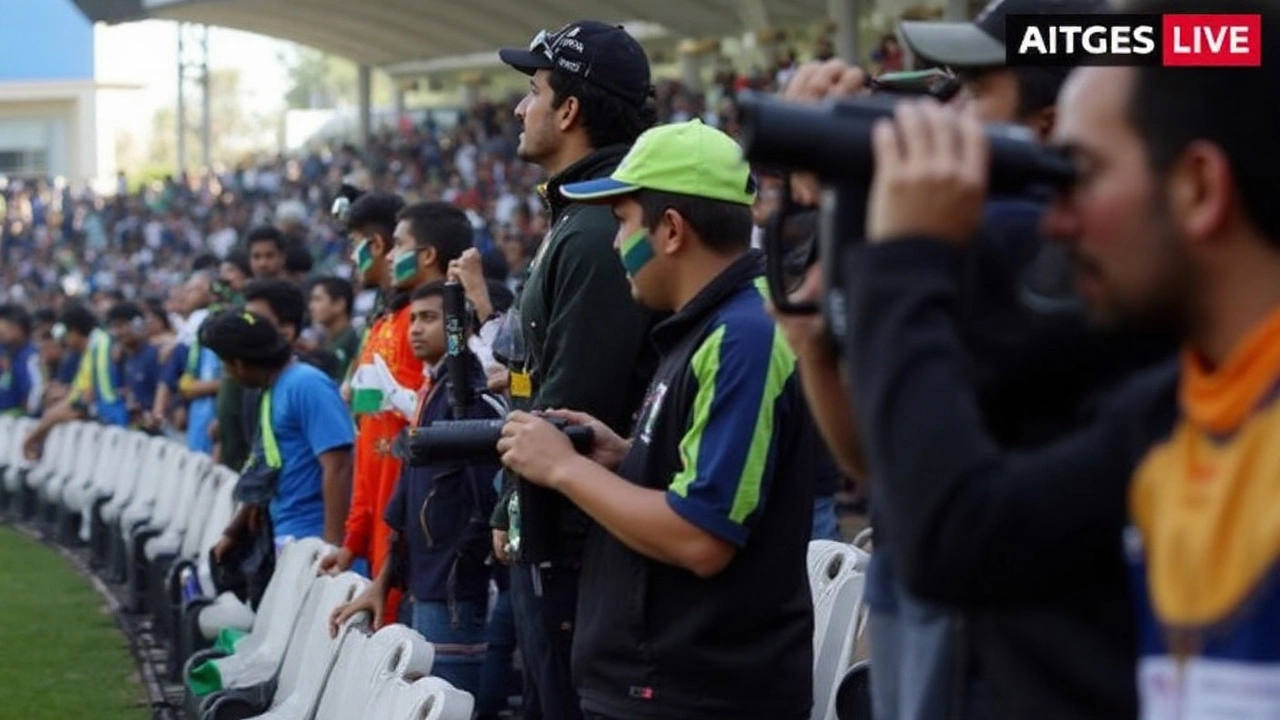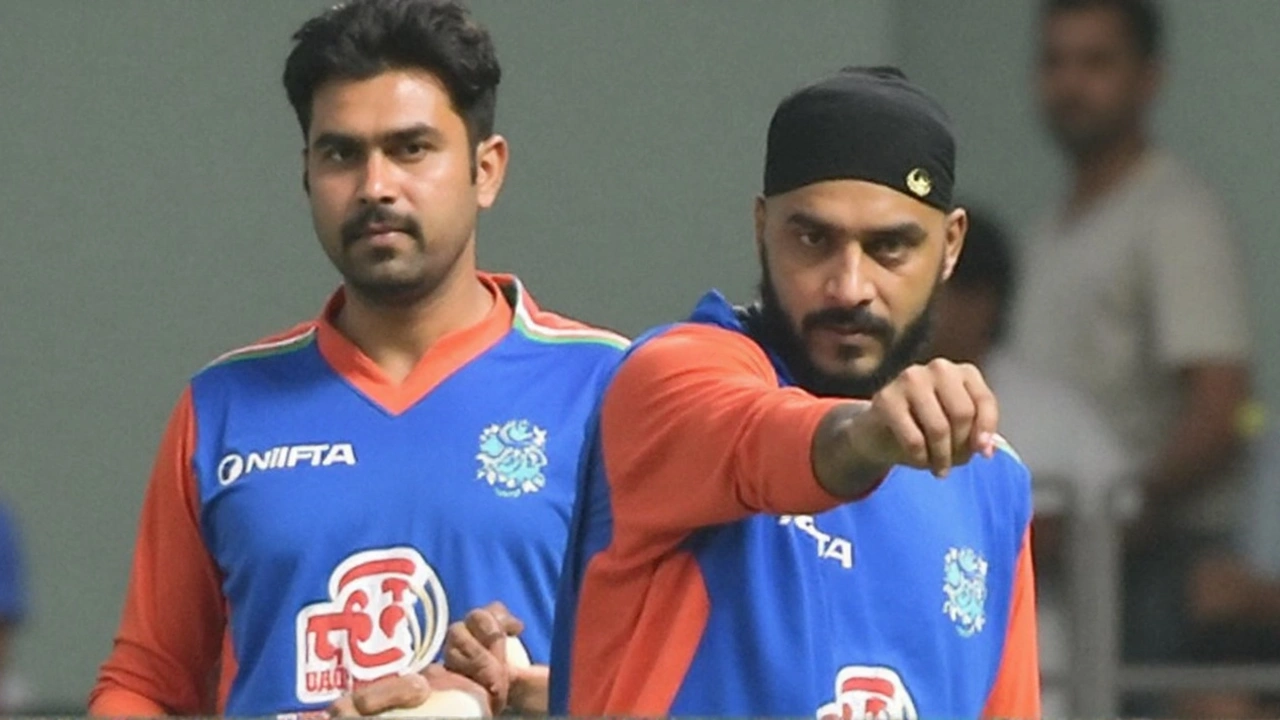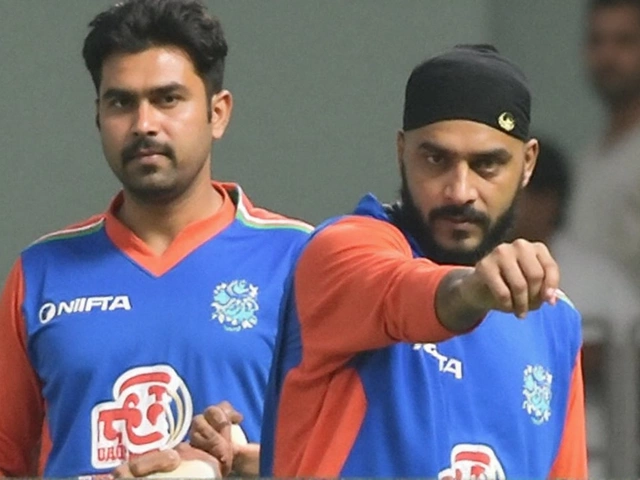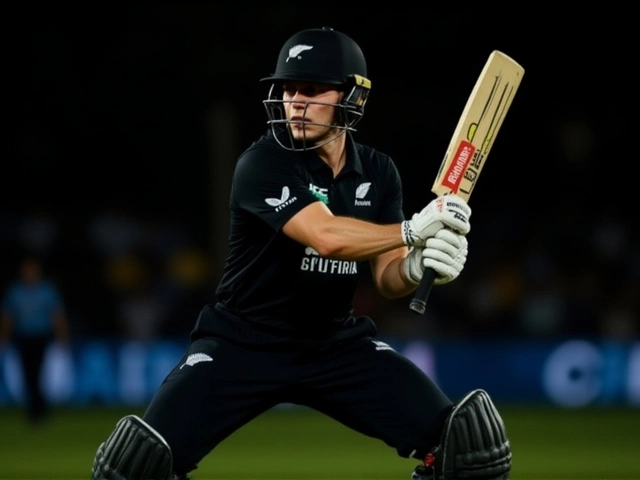The loudest voice in Indian cricket this week didn’t come from the middle of a ground. It came from a retired great. Harbhajan Singh says India should not play Pakistan at the Asia Cup 2025 unless relations between the two countries improve, a clear demand dropped just days before the two sides are slated to meet in Dubai on September 14. His view lands in the middle of a heated national mood after the Pahalgam attack in April, which killed 26 Indian tourists, and the government’s subsequent Operation Sindoor. Since then, New Delhi has kept bilateral sport and trade with Pakistan on hold, allowing games only in multilateral events.
Harbhajan framed his stand as a matter of priorities. He recalled how his ‘Indian Legends’ side skipped fixtures against a Pakistan team at the World Championship of Legends, and he used a stark line to explain why: in his words, blood and water can’t flow together. For him, the sacrifices of soldiers on the border outweigh any excitement around a cricket match. And yet he also made it clear he will accept whatever the government decides. If officials give the green light for the Asia Cup game, he says the team should play.
That tension—between public sentiment, government policy, and sport’s global calendar—sits at the heart of the upcoming fixture. India and Pakistan haven’t played a full bilateral series in more than a decade; meetings are now limited to tournaments run by the ICC or ACC. The Asia Cup falls into that category. The 2025 edition began on September 9 in the UAE, placing the two in the same group and raising the possibility of more than one showdown if both sides progress.
There’s no denying the stakes. When India play Pakistan, the game is never just cricket. Broadcasters gear up for peak viewership, advertisers circle, ticket prices climb, and neutral venues become temporary homes for traveling fans and expats. The match is also a security operation: airport arrivals are staggered, training schedules are discreet, and local authorities plan for crowd control, team movements, and contingencies. Dubai has hosted these games before and knows the drill, but the context this time is more charged.
What Harbhajan’s stand means for the Asia Cup
Right now, the official policy is simple: India won’t play a bilateral series with Pakistan. Multilateral events are a different case, handled tournament by tournament. That nuance is why the Asia Cup fixture exists on the schedule, even as wider ties remain frozen. If anything changes, it’ll come from the government first, then the cricket board, then the tournament organizers.
India are captained by Suryakumar Yadav for this tournament, while Salman Ali Agha leads Pakistan. Both have said their teams won’t take a backward step in Dubai, and players on either side know how little margin for error these games allow. One wicket, one over, or one moment can swing the whole night. Preparations are rarely normal for a match like this, but players try to stick to routines: batters getting used to the surface bounce under lights, bowlers mapping match-ups for the powerplay and death overs, analysts crunching tendencies—who struggles with the hard length, who sweeps the wrist spinner, who denies singles in the middle overs.
Harbhajan’s comments don’t change the schedule by themselves, but they add public pressure. They also give voice to a view that has grown louder since April: it’s hard to sell a cricket carnival when families are grieving. Politicians, veterans, and former players often weigh in with similar lines whenever violence spikes. Administrators respond with a standard point of their own—government policy sets the boundary, and cricket stays inside it.
The economics complicate this further. India-Pakistan games anchor broadcast packages for multilateral events. Pull one out and the value of the tournament drops. Sponsors plan months around that single night. Hospitality boxes, hotel blocks, and travel itineraries are synced to it. Security upgrades cost time and money as well. None of that outweighs security or national sentiment, but it explains why tournament bodies try hard to keep the fixture intact once it’s on the slate.
If India were to skip the game, tournament regulations usually treat a no-show as a forfeit, with points awarded to the opponent and potential financial penalties. That’s the typical framework across major events, though the exact terms depend on the competition’s playing conditions. The ACC would then have to navigate both a competitive imbalance and a commercial headache. For fans, it would mean another long wait for a contest that used to be routine before 2008 and 2012 remade the calendar.
The public mood is harder to quantify. On one hand, many argue that sport isn’t a tool for normalization when people are under attack; on the other, others say keeping channels open through sport can lower the temperature, not raise it. Players live both realities. They speak about friendships across the line, shared dressing rooms in franchise leagues, and mutual respect built over years, while also acknowledging that international cricket carries a different weight. You can see the strain in pre-match statements: careful words, privacy around families, and a promise to focus on the cricket.
Harbhajan’s own credibility gives his stance extra heft. He has played and won in these high-pressure fixtures, he has commentated on them, and he understands what they demand from athletes. When someone with that resume says a match can wait, people listen. But his caveat matters just as much: if the government says play, then play. In practical terms, that leaves the ball with New Delhi and the BCCI, who will consider inputs from security agencies, tournament organizers, and broadcasters before making any call.
For the teams, the preparation split is straightforward. Coaches plan as if the game will go ahead. They study each other’s recent patterns—Pakistan’s new-ball swing, India’s middle-order tempo, how both sides manage leg-spin in the middle overs, and what the final five overs look like under pressure. Captains think about toss decisions in the Dubai humidity and whether chasing is safer if dew sets in. Bench players are told to be ready. If a decision later removes the game from the schedule, training loads get adjusted, and attention shifts to the next group opponent.

Sport, statecraft, and the line between them
This debate isn’t new, and it tends to resurface after every flashpoint. The 2008 Mumbai attacks changed the way the two boards thought about travel and risk. The Pulwama bombing in 2019 led to calls for a wider boycott around the World Cup. Since then, the default has been caution: no bilateral cricket, tightly controlled interactions at multilateral events, and a heavy security presence when games do happen.
There’s a practical reason for this separation between bilateral and multilateral cricket. Bilateral series involve visas, logistics, and long stays, which multiply risks and sensitivities. In short tournaments, teams are in and out of a neutral venue for a few days, and security can be concentrated. That’s why the UAE—familiar grounds, good facilities, and experienced policing—keeps showing up as host.
The boards have their own incentives. The BCCI runs the richest cricket economy and has to protect players while balancing commitments to global events. The PCB wants regular, meaningful cricket against top teams to grow its own revenues and keep fans engaged. Both sides know any thaw will be slow and vulnerable to the next shock. When improvements happen, they tend to come in small steps: junior tours, women’s matches, or one-off fixtures on neutral soil. When they go backward, everything stops at once.
Players often say the calendar feels like two parallel realities. One is franchise cricket, where they share dressing rooms and build bonds with rivals. The other is international cricket, where flags, anthems, and geopolitics sit on their shoulders. That mental switch isn’t simple, especially when families and friends are watching the news as intensely as the scorecard. Coaches talk more about well-being during these weeks, not less. Senior players shield younger ones from the noise. Media managers try to keep the focus on tactics, not headlines.
What should fans and viewers watch for in the coming days? A handful of signals tend to precede any major decision. First, security assessments—if agencies brief the board that risks are acceptable and can be mitigated, the match usually proceeds. Second, a formal word from the government to the board, which clears the way operationally. Third, meeting notes or statements from the ACC about match-day arrangements. And finally, practical signs: team travel to Dubai, open training sessions, and the usual pre-match media availabilities. If any of those start to wobble, you’ll know the game is at risk.
Meanwhile, talk around the fixture will keep humming. Tickets are in demand across the UAE’s large South Asian diaspora. Broadcasters are lining up shoulder programming, from archival classics to pre-match panels. Neutral fans want the best players on the field. Partisans want a result that matches the mood back home. And some, echoing Harbhajan, want silence on the scoreboard while the country grieves.
There’s a final, uncomfortable truth in this story: every option has a cost. Playing risks backlash and adds pressure on security. Not playing reshapes the tournament, hurts stakeholders, and disappoints fans, while making a political point. Kicking the decision down the road invites fresh speculation and distracts both squads. That’s why clear, early communication matters. It spares athletes the guessing game and gives organizers time to adjust.
For now, the Asia Cup clock keeps ticking. India and Pakistan are in the same group, and the path to the knockout rounds may set up a second meeting later. One game or none, the fixture still defines the shape of the tournament. Harbhajan has said his piece. The next move belongs to those who govern the sport—and those who govern the country.







Write a comment